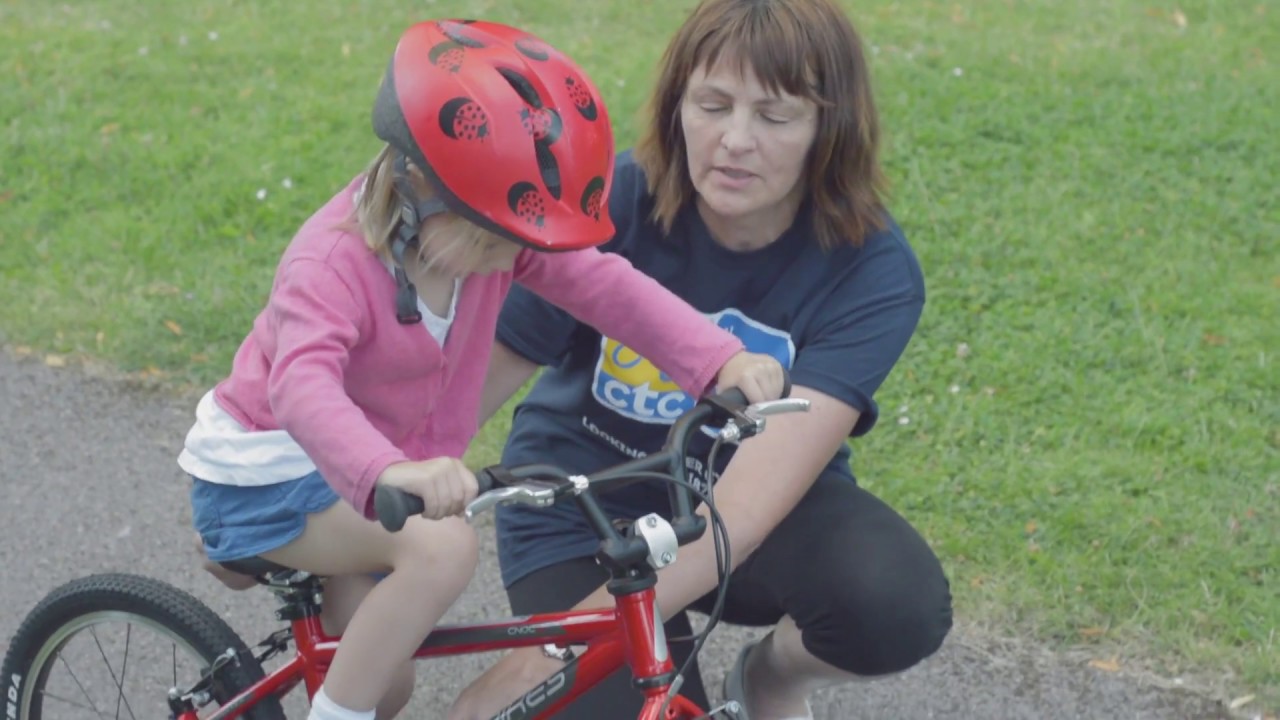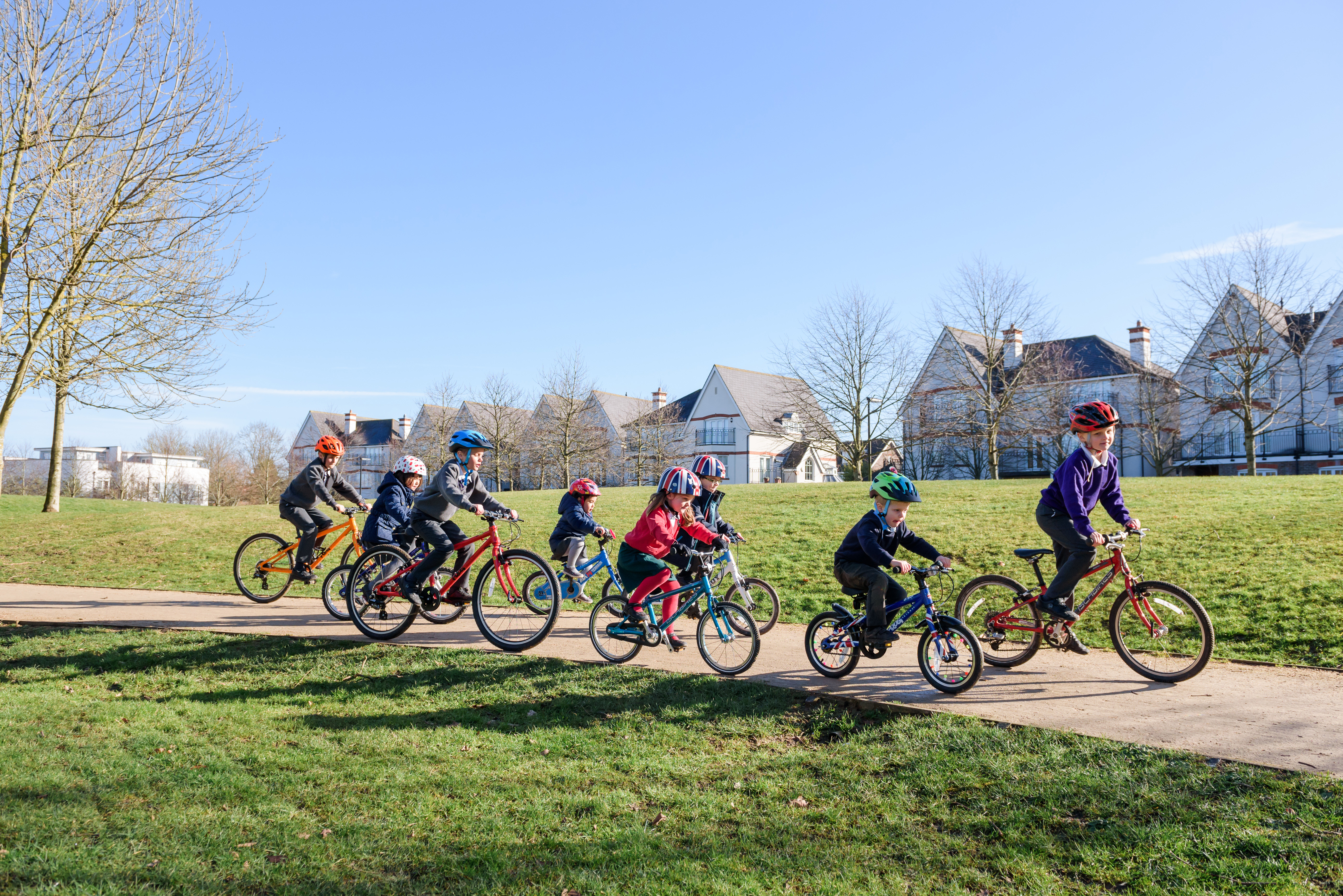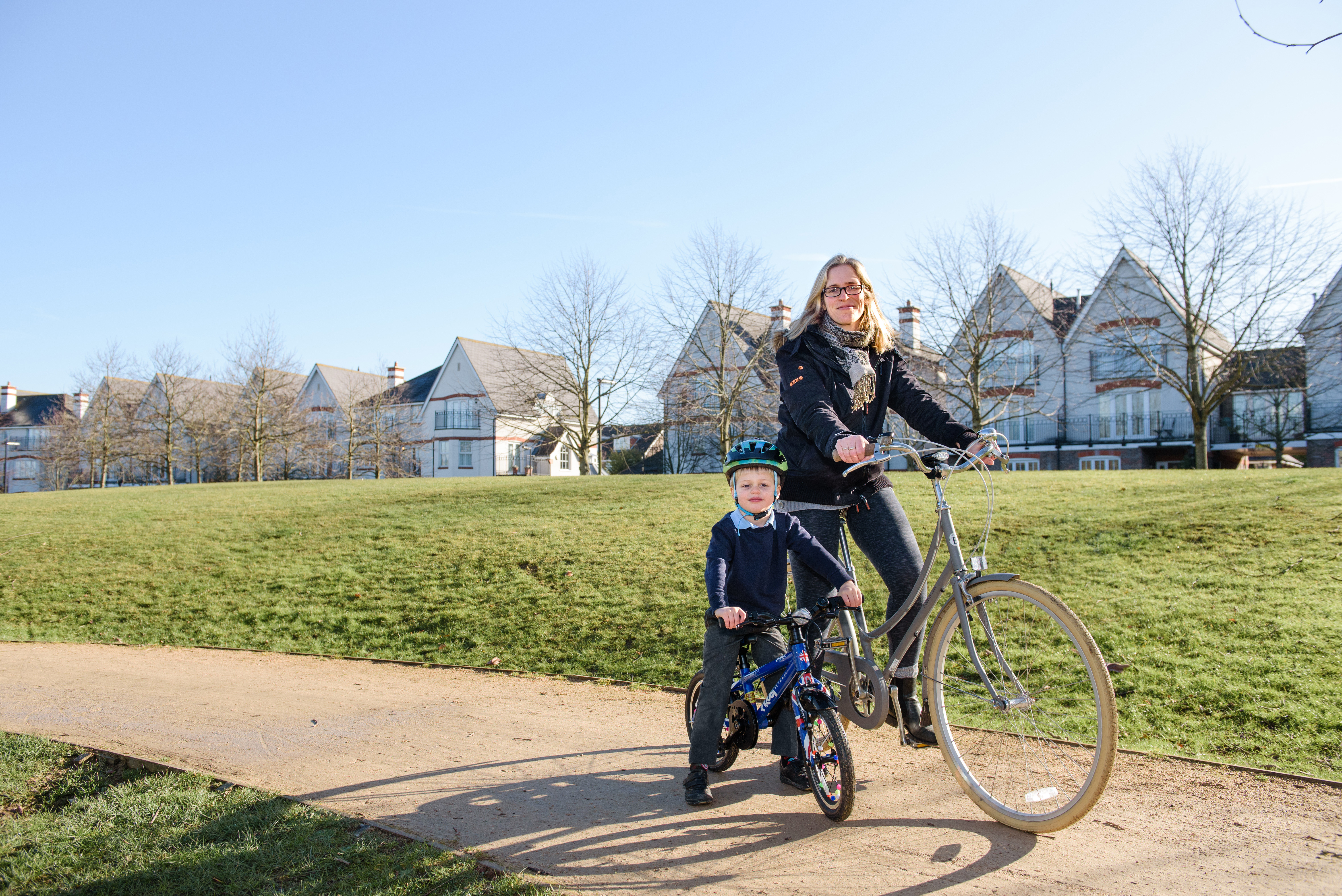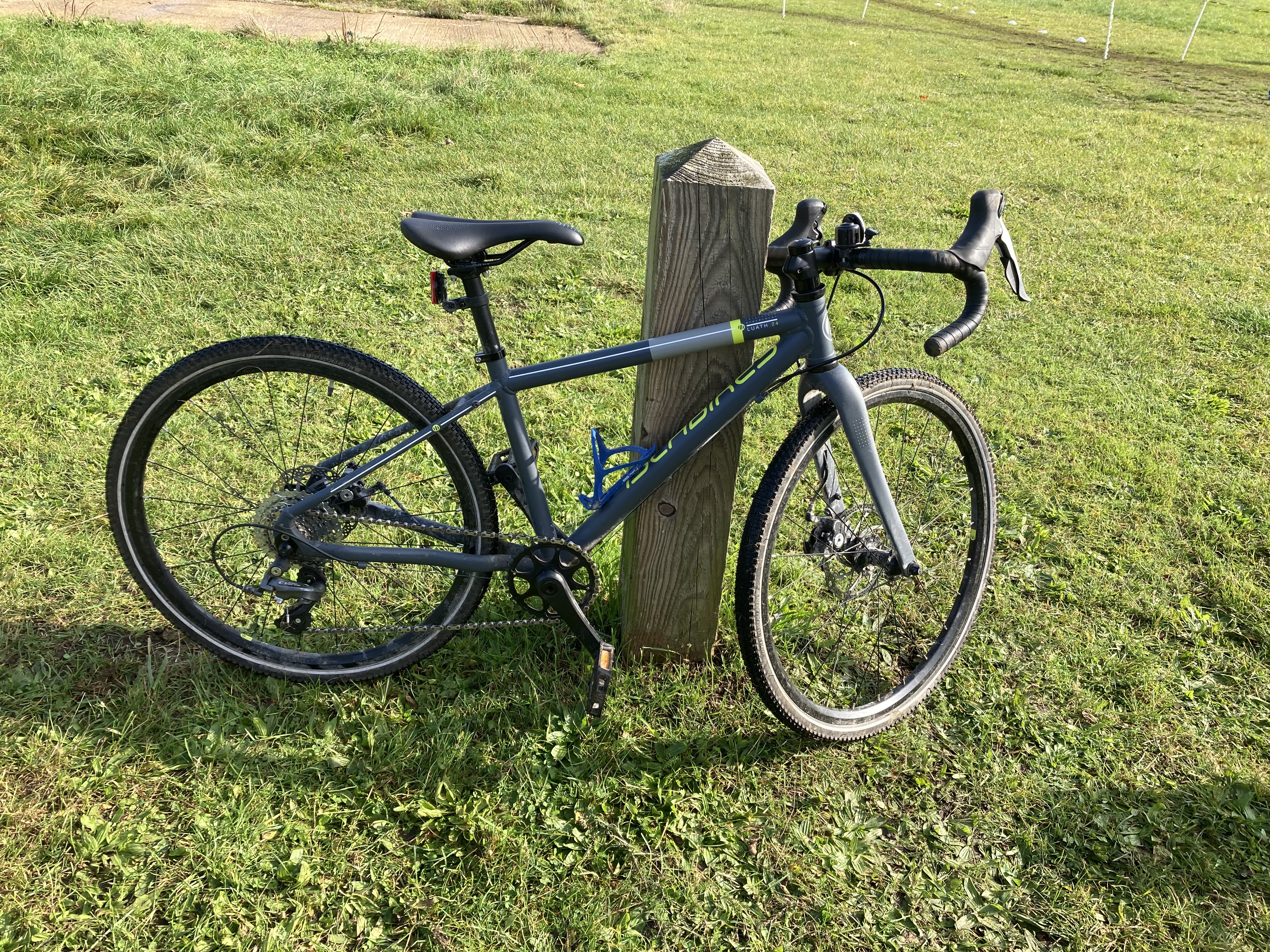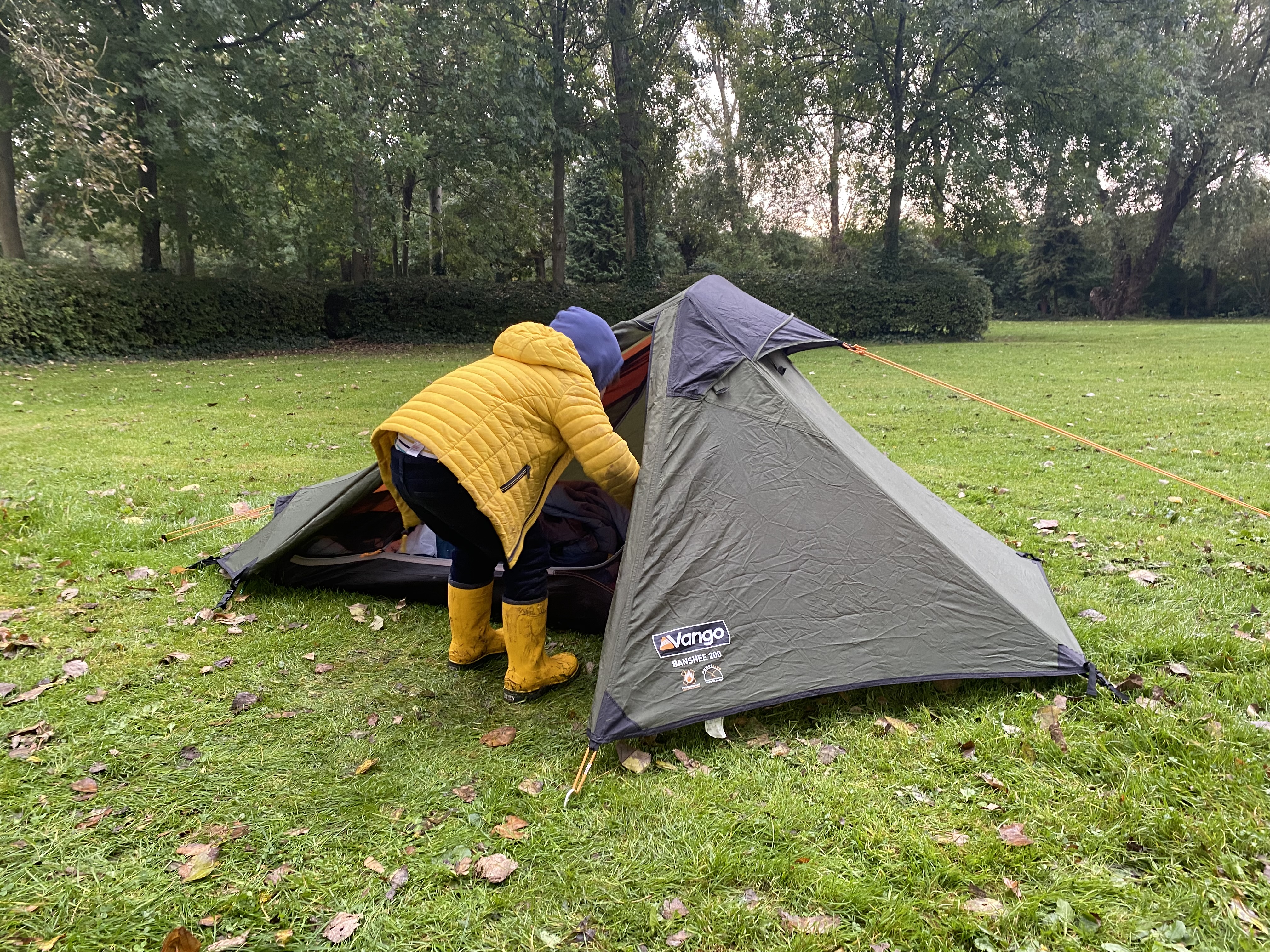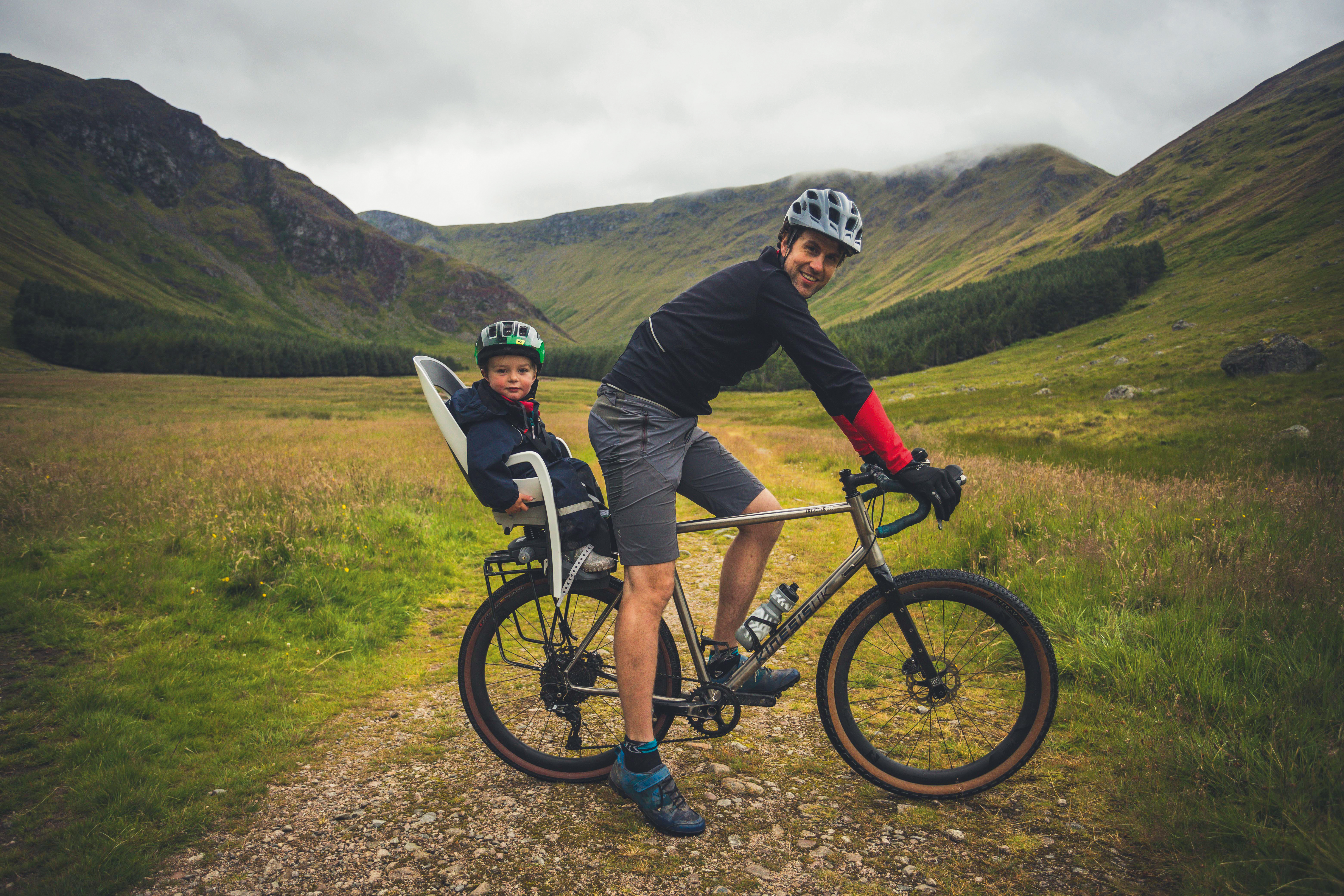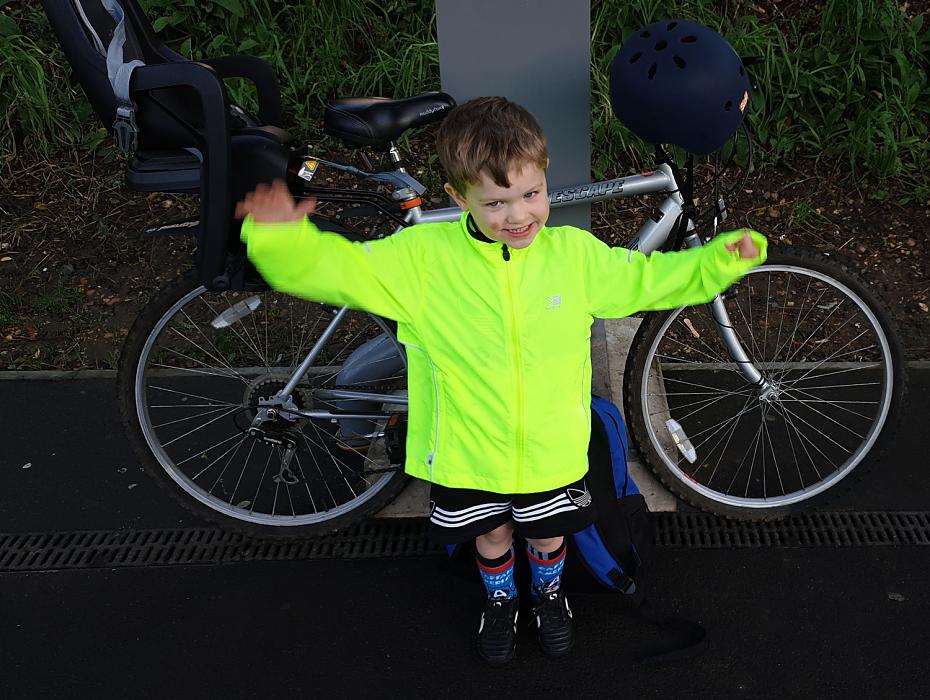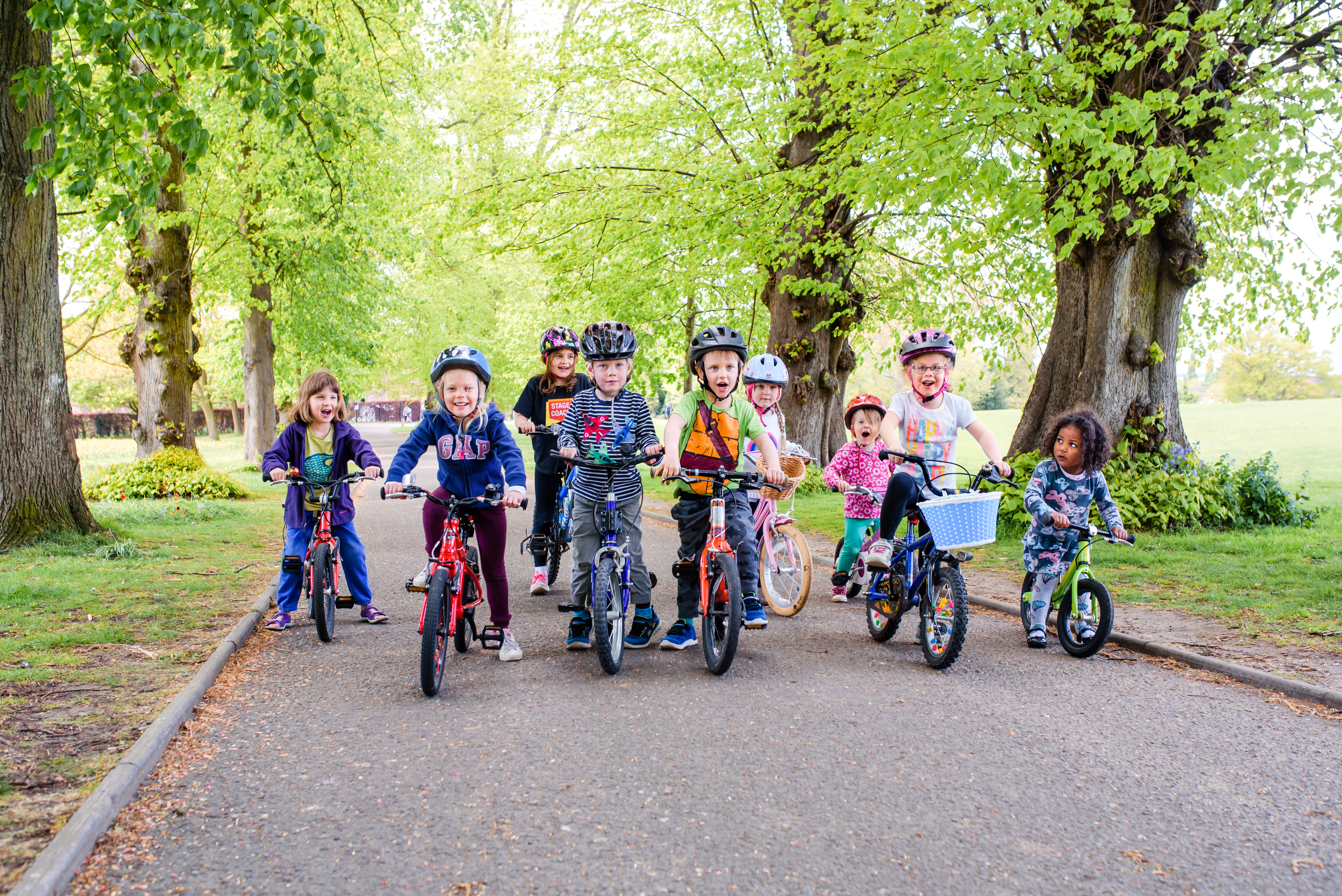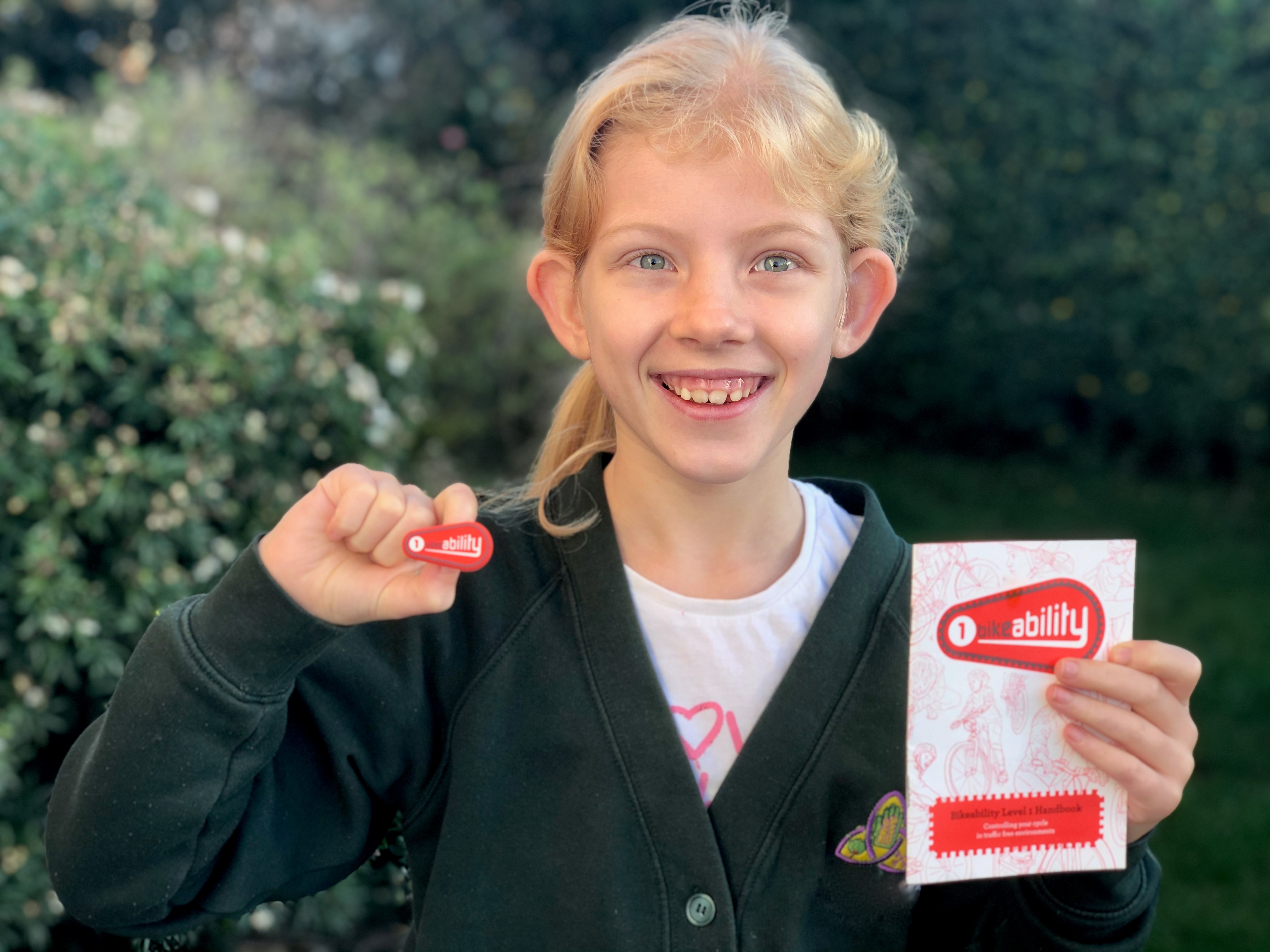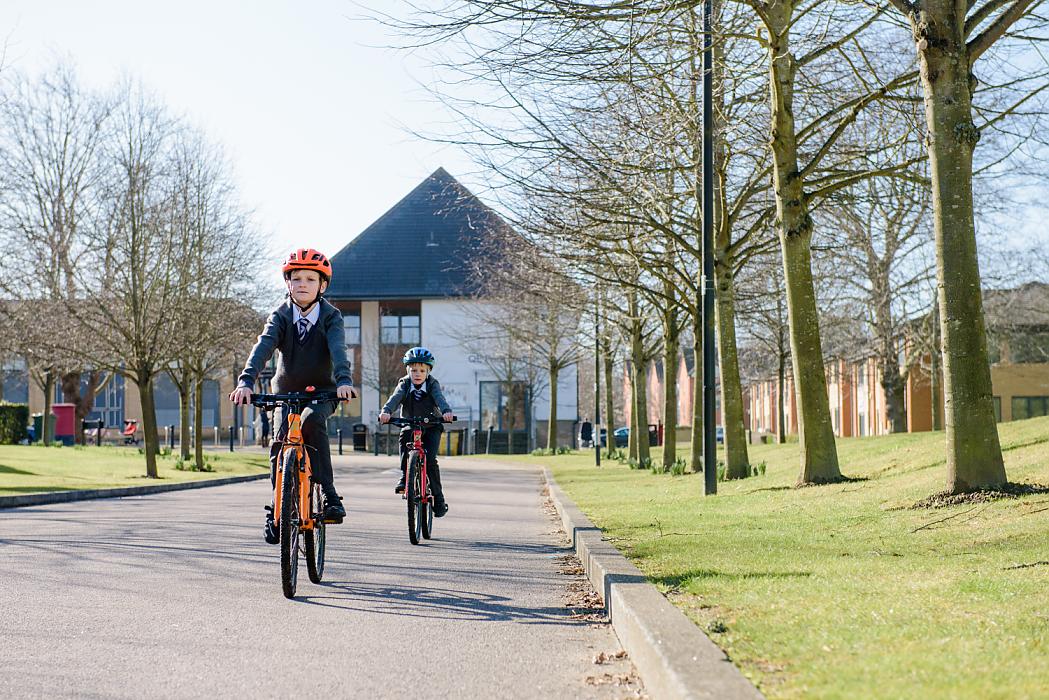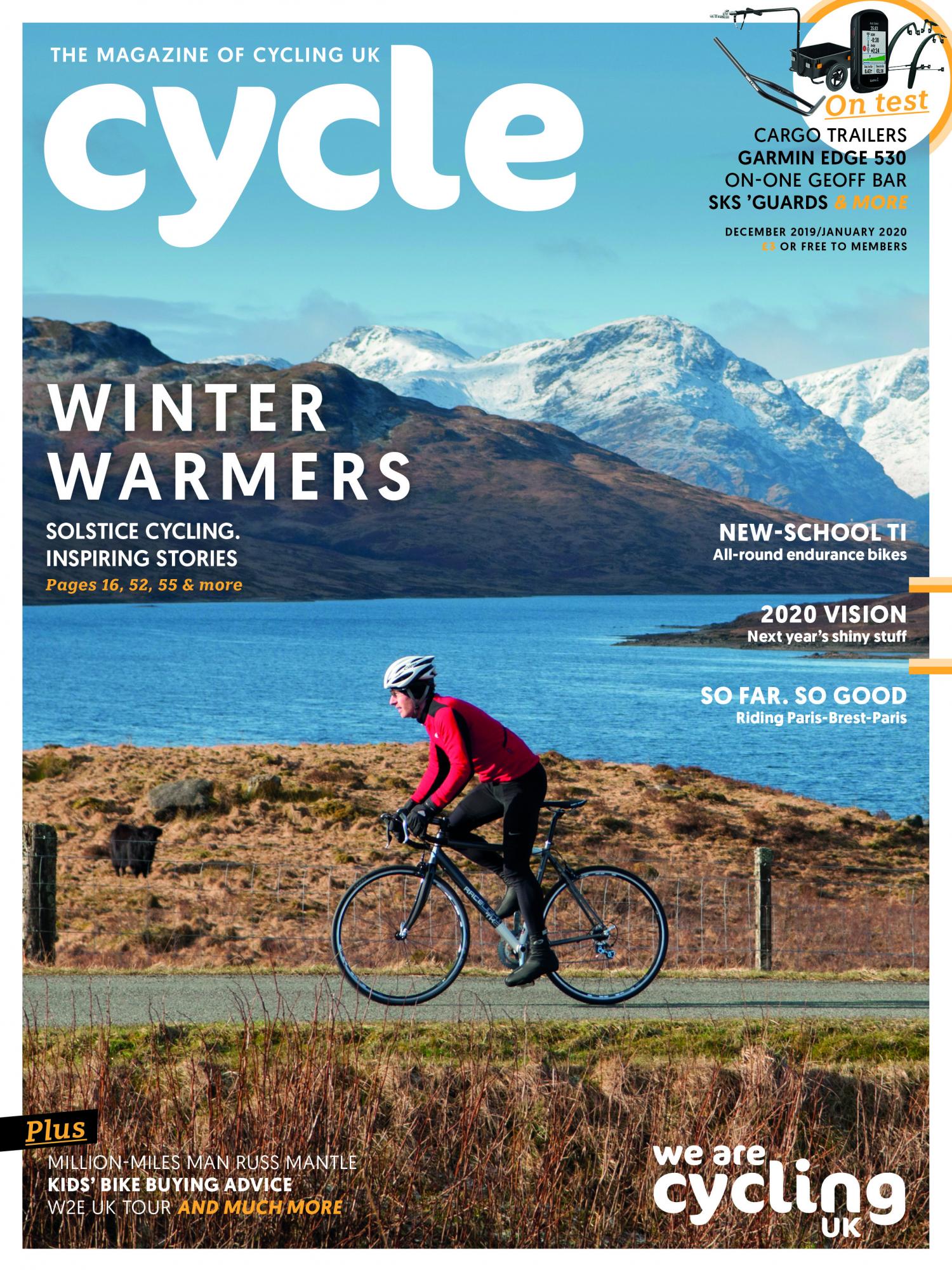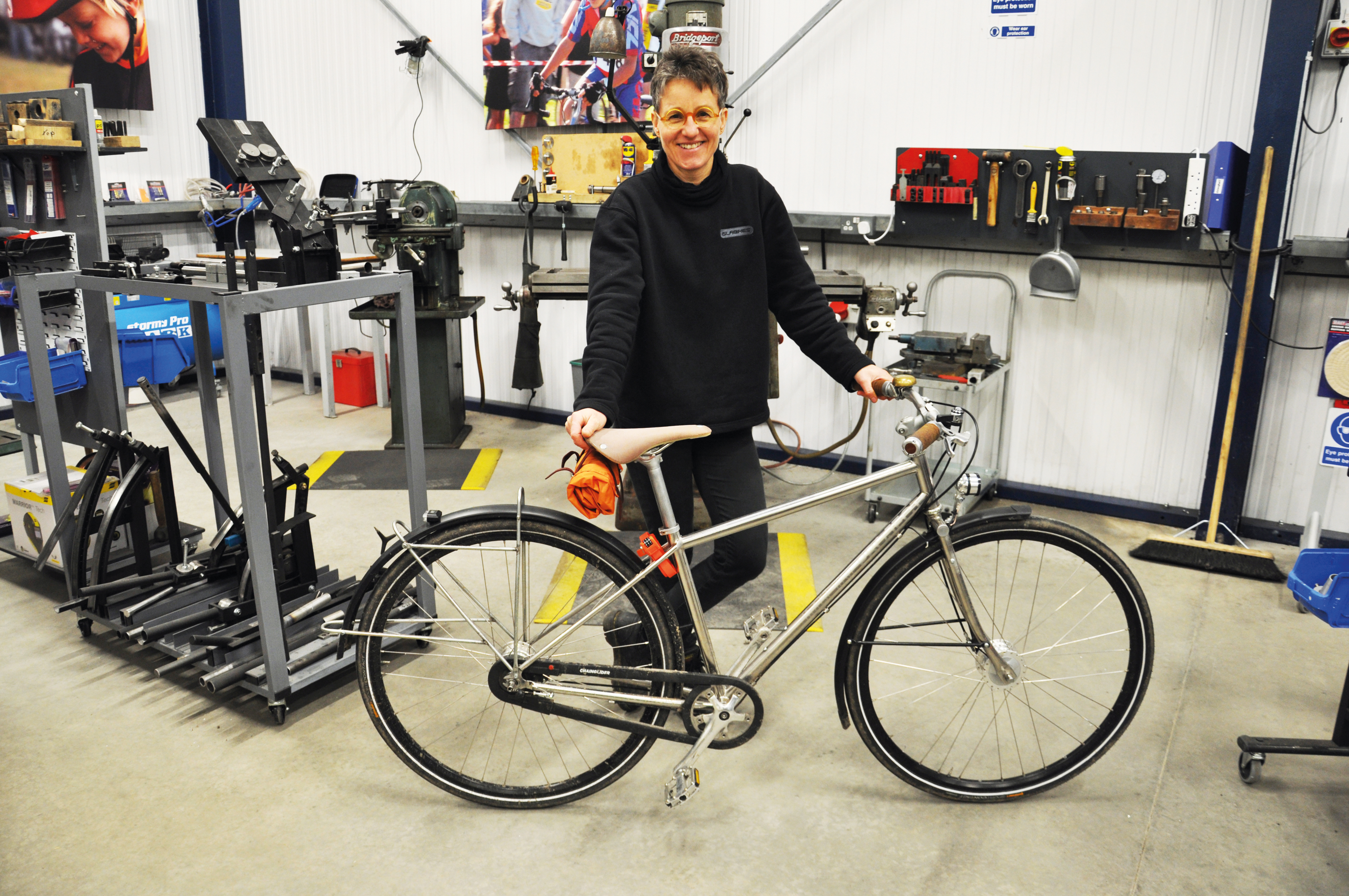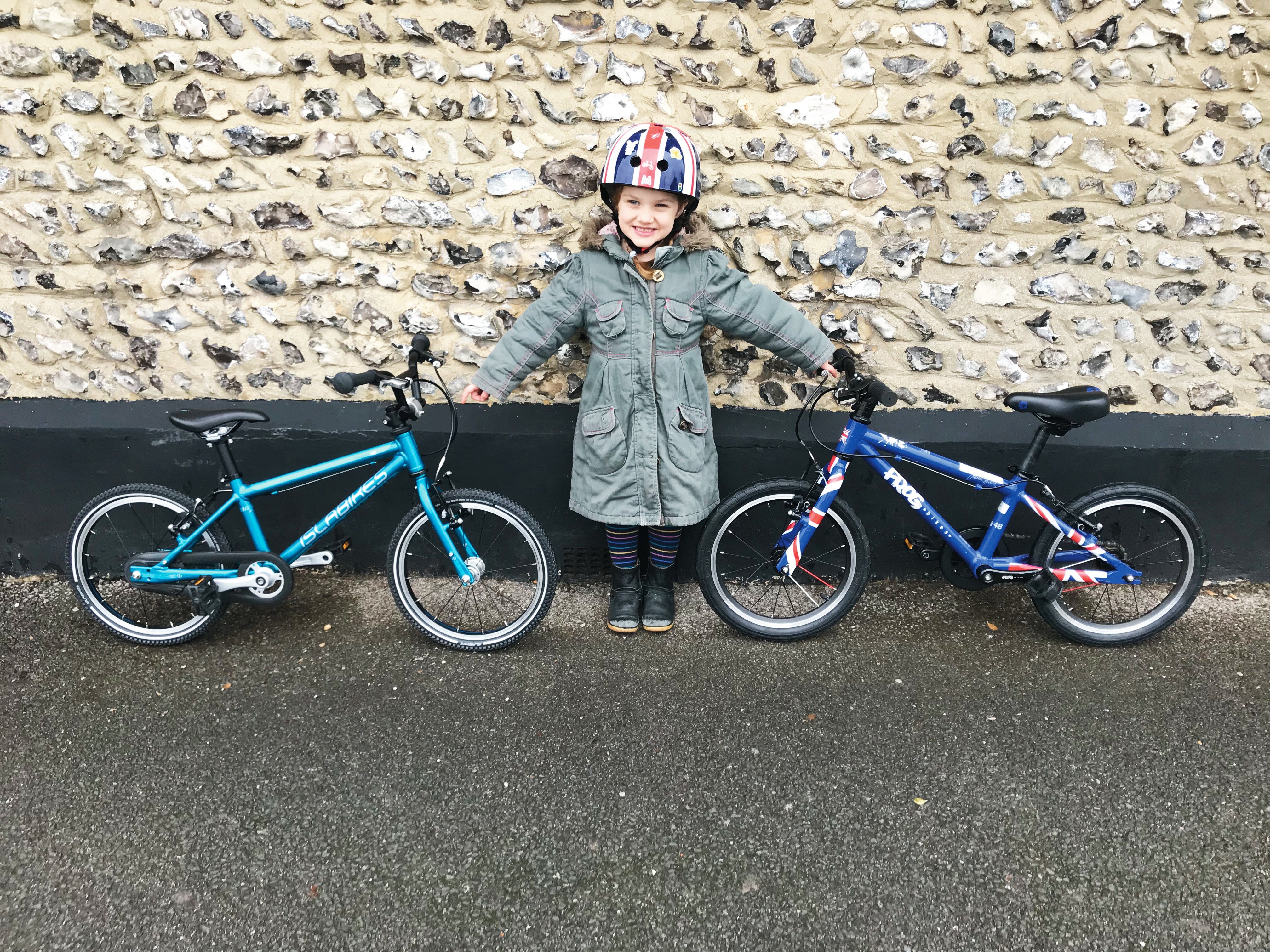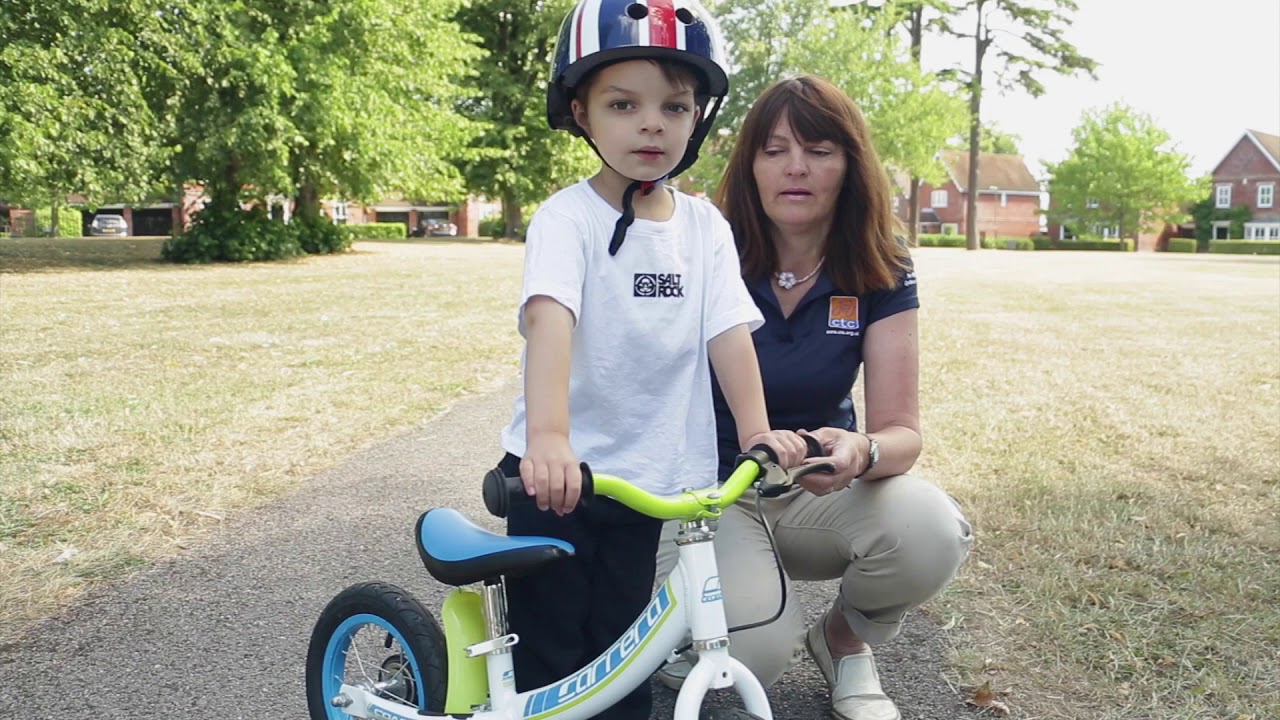Buying a children's bike
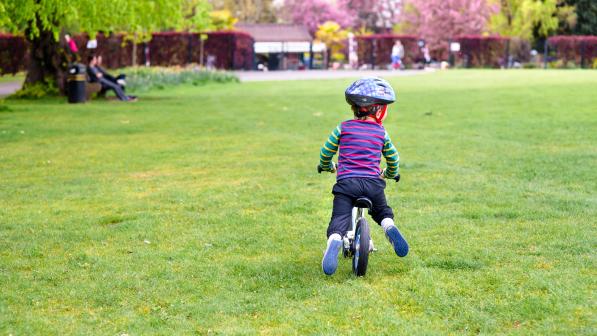
Buy from a good bike shop! The kids’ bikes you see in catalogue shops are heavier and use poorer-quality parts. While children will be thrilled by any new bike, enthusiasm will fade if it’s not fun to ride.
A well-built, lightweight bike will still be in use several Christmases later. It can be handed down to a brother or sister, sold secondhand, or in some cases (notably Islabikes and Frog) part-exchanged.
Over its lifetime, a quality bike will actually cost less per year.
Size and weight
Don’t buy a bike for your child to grow into. For safety’s sake, it has to fit. They must be able to get a foot down easily when sitting on the saddle – both feet for learners – and have clearance when standing over the top tube.
Children’s bikes are sized primarily by wheel diameter. Common sizes are 12in, 14in, 16in, 20in, 24in, 26in, and roughly 27in (700C road or wider-tyred 650B).
As a rule of thumb, which it's possible to break with careful frame design, your child’s inside leg length should equal or exceed the nominal wheel diameter. To measure inside leg, first measure standing height, back to a wall, then subtract sitting height (back and backside to the wall).
Frame dimensions vary between brands, so be guided by how your child looks sitting on and standing over the bike, not just wheel size.
Children are seldom comfortable leaning forward much; look for a relatively upright, relaxed sitting position on the bike.
Weight is a huge deal, yet some children’s bikes will be heavier than yours! A 23kg child on a 11.5kg bike is like a 70kg adult on a 35kg bike.
Look for aluminium tubing or narrow diameter steel tubes.
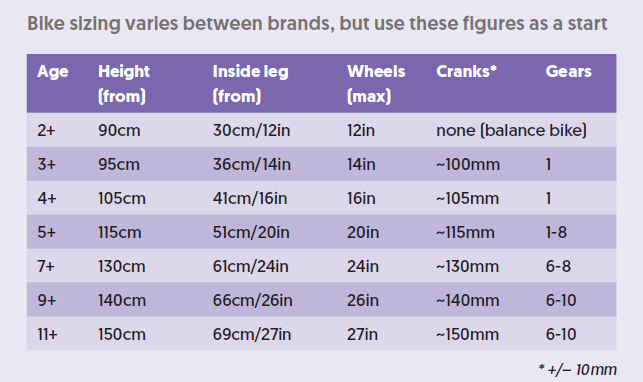
Components
Components need scaling down too. Some aren’t, especially cranks. Another rule of thumb: crank length should only be about 10% of height.
Overlong cranks make pedalling awkward and require the bottom bracket to be higher, so it’s harder to put feet down.
Brake levers must be in reach and easy to apply. Try with only your little finger or ring finger.
Good-quality V-brakes with smaller, reach-adjustable levers are usually sufficient.
Be sceptical about suspension. Cheap, lookalike suspension adds weight and detracts from performance. Either buy a fully rigid bike or, for the committed mountain biker, a hardtail MTB with a plush, air-sprung fork that can be tuned for a low weight.
With gears too, less is often more. Avoid front derailleurs, which add weight and complexity. Singlespeed is ideal for starter bikes, then 1× gearing thereafter.

